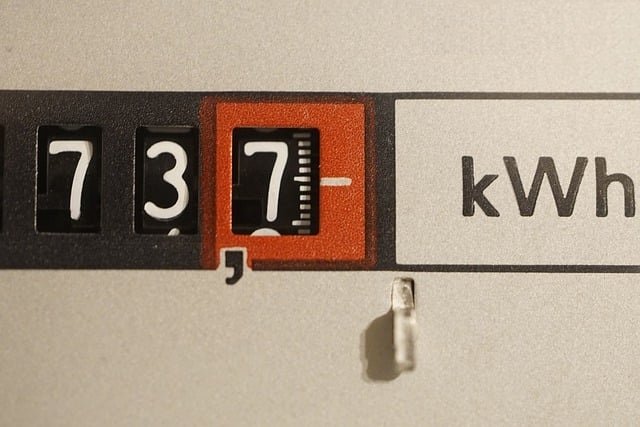Why Active Power is used for measuring AC energy consumption, not Apparent Power?
In Alternating Current (AC) systems, the concepts of Active Power and Apparent Power play a significant role. However, when it comes to measuring AC energy consumption, Active Power is the preferred metric than the apparent or total power. This article discusses into what these terms mean, why Active Power is used for measurement, and its various reasons.
Active Power and Apparent Power
Active Power, often referred to as ‘Real Power’, is the actual power that is consumed by an electrical device to perform its function. It is measured in watts (W) or kilowatts (kW). And the total amount of real power consumed over a specific duration and is measured in watt-hours (Wh) or kilowatt-hours (kWh); it is the energy that contributes to the useful work done by the device.

Apparent Power, on the other hand, is the product of the current and voltage in an AC circuit. It represents the total power in the circuit, including both the Active Power and the Reactive Power (the energy stored and released by the reactive components in the circuit). Apparent Power is measured in volt-amperes (VA) or kilovolt-amperes (kVA). And the power consumer over a specific duration will be measure in kilovolt-amperes-hours (kVAh).
Why Measure Active Energy?
The key reason for using Active Power for measuring AC energy consumption is its direct correlation with the useful work done by an electrical device. While Apparent Power represents the total power in the circuit, only the Active Power component is converted into useful work. The Reactive Power, which forms the remainder of the Apparent Power, merely contributes to the magnetic and electric fields in inductive and capacitive loads, respectively.
By measuring Active Power, we can accurately gauge the actual energy consumption of a device, thereby enabling more efficient usage and management of energy.
Applications
Active Power measurement finds use in a variety of applications, such as:
- Energy Billing: Utility companies bill their customers based on the Active Power consumed, ensuring that customers pay only for the energy they actually use. The energy meters can be found labeled as kWh meter.
- Energy Management: In industries, Active Energy measurements are used for energy management and efficiency improvement purposes. By monitoring Active Energy consumption, industries can identify areas where energy usage can be reduced.
- Grid Management: On a larger scale, Active Energy measurements help in managing the power grid by allowing for accurate load forecasting and efficient power generation.
While both Active Power and Apparent Power are integral to our understanding of AC systems, it is Active Power that provides a true measure of energy consumption. While some may argue for the measurement of Apparent Power, it’s important to note that this could lead to overestimation in energy usage. This is because Apparent Power includes Reactive Power, which does not contribute to useful work. However, this perspective does bring up a valid point about power factor correction.
Industrial consumers often operate equipment that leads to a poor power factor in the system, primarily due to the inductive loads they introduce. This results in a higher Reactive Power and thus a larger Apparent Power. If industries were billed based on Apparent Power, it would incentivize them to improve their power factor, thereby reducing the Reactive Power in the system.
Nevertheless, Active Power remains the preferred metric for measuring AC energy consumption as it accurately represents the energy used for performing useful work. But, understanding both Active and Apparent Power is crucial for comprehensive power system analysis and design, and for encouraging practices that lead to improved energy efficiency and power factor correction.